Kodiak Extends High-Grade Adit Zone, Intersects 0.45% CuEq Over 139m Near Surface – Richard Mills
2024.10.17
Additional drilling at the Adit Zone continues to intersect broad higher-grade mineralization near surface and extend the copper-gold-silver (+/- molybdenum) porphyry system at Kodiak Copper’s (TSX.V:KDK, OTCQB:KDKCF, Frankfurt:5DD1) MPD project located near Princeton, BC.
The Vancouver-based company on Tuesday reported drill results from the 2024 drill program at its 100%-owned MPD copper-gold porphyry project in southern British Columbia. Assay results from four drill holes at the Adit Zone and the Celeste target were presented.
“A key focus of Kodiak’s 2024 drill program was to identify additional near-surface and high-grade mineralization, and drill results from the Adit Zone to date have clearly achieved this,” said Claudia Tornquist, Kodiak’s president and CEO, in the Oct. 15 news release. She added:
“The holes reported in this news release significantly extend the copper envelope at Adit and when combined with historical drilling, Kodiak’s new results have outlined a sizeable near-surface, high-grade area of mineralization which bodes well for future economic potential. In addition to the Gate and West Zones, Adit is developing into a third substantial high-grade zone at MPD, marking an important advancement for the project. Adit remains open in multiple directions, and we are looking forward to further drill results from this zone as well as from other targets over the remainder of 2024 and into 2025.”
Adit Zone Drilling
The company’s holes reported to date at the Adit Zone targeted broad, coincident 3D IP chargeability and copper-in-soil anomalies. The anomalies are located at the northern end of a geophysical-geochemical trend west of the Summers Creek fault that links the Adit, Mid and South zones, and suggests these mineralized zones are part of a larger copper system (Figure 2).
Shallow historical drilling at the Adit Zone identified mineralization over 300 meters of strike within a broader alteration zone characterised by supergene leaching and shallow (<200-meter) copper oxides. Kodiak’s current drilling has intersected significant copper sulfide mineralization beyond the oxide zone and fault structures previously thought to limit mineralization.
Drill holes AXE-24-009 and AXE-24-011 were drilled from the same set-up as AXE-24-007, but to the southeast and northeast, respectively. The holes were designed to extend the strike of mineralization at Adit, test below historic percussion holes that rarely exceeded 100 meters depth, and target copper-in-soil / 3D IP anomalies. (Figure 3). Similar to AXE-24-007, holes AXE-24-009 and 011 have broad intervals (>300m) of Cu-Ag-Au (+/-Mo, Zn, Pb) mineralization, with zones of higher grades noted in both oxide and sulfide faces.
Highlights included:
- Additional drilling at the Adit Zone continues to intersect broad higher-grade mineralization near surface and extend the copper-gold-silver (+/- molybdenum) porphyry system (Figures 1 and 2).
- Drill holes AXE-24-009 and 011 extended mineralization an additional 200 meters below shallow historic drilling in the north and south, and to over 400 meters of strike length. The Adit Zone remains open in several directions (Figures 2 and 3).
- All mineralization drilled by Kodiak at Adit to date is within 350 meters of surface due to the slope of the topography in the area (Figure 3).
- Drill hole AXE-24-009 intersected a broad interval of 0.26% Cu, 0.04 g/t Au, 3.57 g/t Ag (0.31% CuEq) over 327 meters from 21 to 348 meters, including 0.38% Cu, 0.05 g/t Au, 5.37 g/t Ag (0.45% CuEq) over 139 meters from 112 to 251 meters (Figures 2 to 4).
- AXE-24-009 also contains several higher-grade intervals: 1.00% Cu, 0.02 g/t Au, 6.72 g/t Ag (1.06% CuEq) over 24 meters from 218 to 242 meters and 1.08% Cu, 0.04 g/t Au, 6.84 g/t Ag, (1.15% CuEq) over 15 meters from 287 to 302 meters.
- Drill hole AXE-24-011 intersected 0.17% Cu, 0.03 g/t Au, 1.42 g/t Ag (0.20% CuEq) over 450 meters from 63 to 513 metres, including 0.23% Cu, 0.04 g/t Au, 1.71 g/t Ag (0.26% CuEq) over 293 meters from 102 to 395 meters (Figures 2 to 4).
- Similarly, AXE-24-011 also contains higher-grade intervals: 0.44% Cu, 0.03 g/t Au, 3.84 g/t Ag (0.48% CuEq) over 19 meters from 143 to 162 meters and 0.64% Cu, 0.01 g/t Au, 1.37 g/t Ag, (0.66% CuEq) over 18 meters from 345 to 363 meters.
- Drilling at the Adit Zone targeted coincident copper-in-soil and 3D induced polarization (3D IP) chargeability anomalies that suggest it is part of a larger porphyry system (Figure 2). The current drilling is designed to extend Adit to depth and along strike. Additional drill holes have been completed with assays pending.
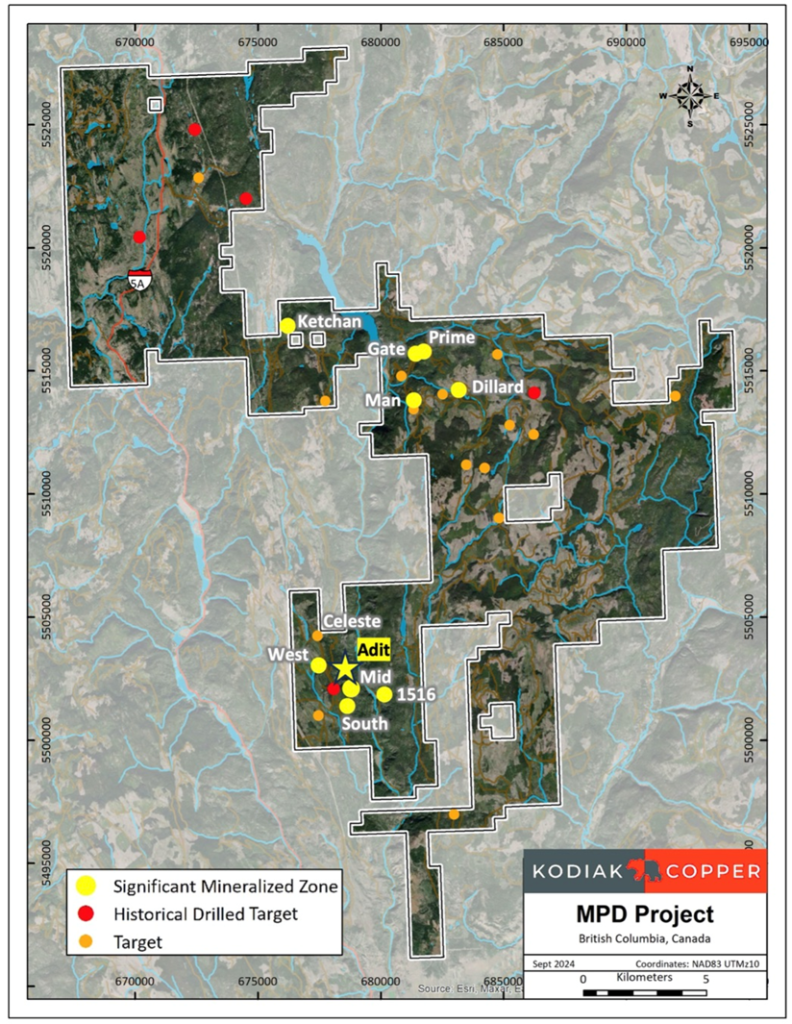
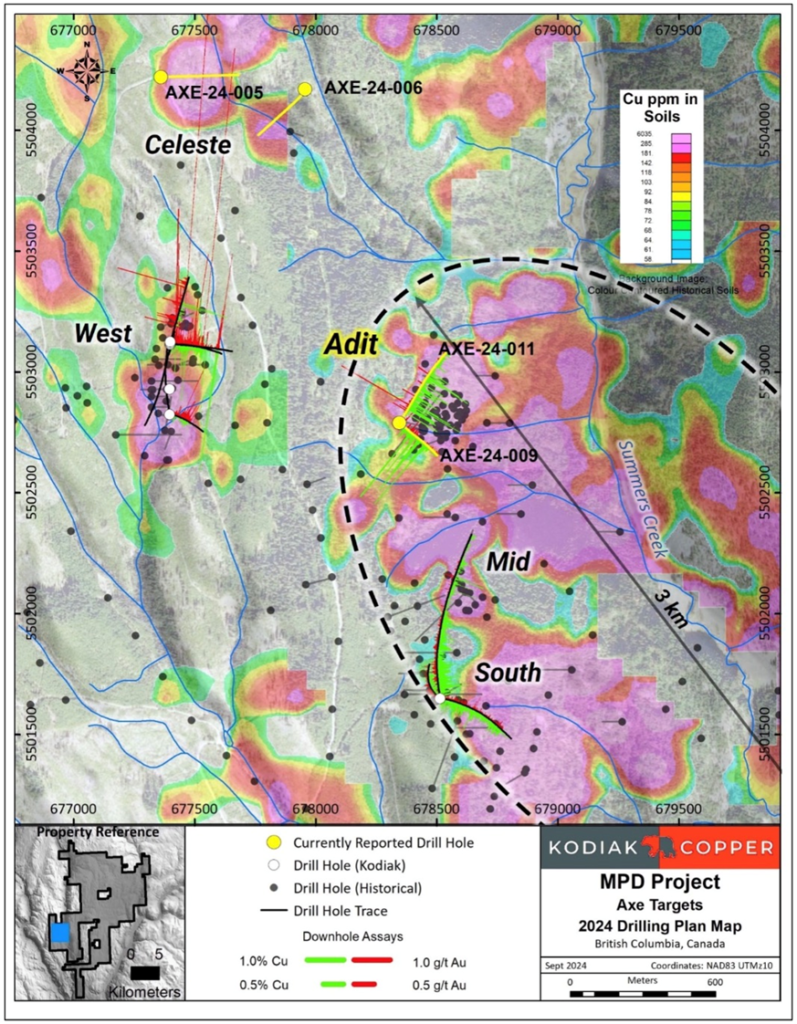


Celeste Zone Drilling
The Celeste Target lies 600 meters north of the high-grade West Zone. Drilling evaluated a 700-meter-long copper-in-soil anomaly,anomalous prospecting samples from 2023, and a historic 3D-IP response.
Hole AXE-24-005 was drilled eastward across the copper-in-soil anomaly and encountered mostly volcanoclastic rocks with shallow but short intervals of skarn-type alteration. The hole ended in a strongly altered fault with trace mineralization from 234 meters to end of hole at 477 meters. Assays from hole AXE-24-005 were not significant. Hole AXE-24-006 was drilled southwest testing a high chargeability target from a second pad 600 meters east of AXE-24-005. This hole encountered mostly altered granodiorite with patchy pyrite and trace chalcopyrite but does not warrant assaying at this time.

* Copper equivalent grades (%CuEq) are for comparative purposes only to express the combined abundance of copper, gold, and silver. Metallurgical work has not been done at the MPD Project and metal recoveries used in equivalency calculations are from comparable deposits and/or mines. Metallurgical recovery is assumed as 88% for copper, 67% for gold and 68% for silver. Metal prices used in calculations are: US$4.10/lb copper, US$2,200/oz gold, and US$26/oz silver, using the formula: CuEq % =Cu % + Au g/t x 0.5959 + Ag g/t x 0.0071
**Intervals are downhole drilled core intervals. Drilling data to date is insufficient to determine true width of mineralization.

* Drill hole had no significant assays or did not warrant assaying at this time.
The drilling portion of 2024 exploration at MPD is now complete, with 9,252 meters drilled in 25 holes which evaluated seven targets and/or zones. Results from the remainder of drilling in 2024 will be reported throughout Q4 2024 and Q1 2025. Regional exploration on the project is still ongoing and includes a 2,000-sample soil geochemistry program, 25 line-kilometers of 3D IP surveying, and a review of core from the newly acquired Aspen Grove claims.
MPD is a 338-square-kilometer land package near several operating mines in the southern Quesnel Terrane, British Columbia’s primary copper-gold producing belt. The project is between the towns of Merritt and Princeton, with year-round accessibility and excellent infrastructure nearby.
Copper market
“As we look towards 2050, we foresee global copper demand increasing by 70% to reach 50 million tonnes annually. This will be driven by copper’s role in both current and emerging technologies, as well as the world’s decarbonization goals,” says BHP’s chief commercial officer Rag Udd.
The largest mining company in the world expects that by 2050 the energy transition sector will represent 23% of copper demand compared to the current 7%. The digital sector including data centers, 5G and AI is projected to rise from 1% today to 6%.
Transportation’s share of copper demand is expected to climb from about 11% in 2021 to 20% by 2040, thanks to the EV rollout.
On the supply side, BHP points to the average copper mine grade decreasing by around 40% since 1991. The next decade should see between one-third and one-half of the global copper supply facing grade decline and aging challenges.

The company estimates that an investment of $250 billion will be required to address the widening gap between supply and demand.

Two other sources confirm that huge new investments in the copper sector are required.
According to BloombergNEF’s annual Transition Metals Outlook, the industry will need $2.1 trillion by 2050 to meet the raw materials demand of a net-zero-transmissions world. As stated by Mining.com,
Despite a decade of growth in metals supply, BNEF reports that current raw material availability remains insufficient to meet the rising demand.
The report highlights that critical energy transition metals, including aluminum, copper, and lithium, could face supply deficits this decade —some as early as this year.
China is the world’s biggest copper consumer, so what happens there is watched closely be copper bulls and bears alike.
Copper bulls vs bears — Richard Mills
This week, data from China’s General Administration of Customs showed imports of unwrought copper rose in September due to improving seasonal demand a better consumption outlook.
Imports of unwrought copper and products were 479,000 tonnes last month, a 15.4% jump compared to August.
China in September announced its biggest economic stimulus since the pandemic, which caused big jumps in Chinese and American stock markets, along with commodities.
The aim is to achieve its 5% annual growth target.
Yahoo Finance reported the stimulus — designed to pull the economy out of a slump caused be a property crisis and deflationary measures — includes over $325 billion in monetary measures.
The People’s Bank of China reduced the reserve requirement ratio — the amount required by banks to set aside for loans — by half a percentage point, freeing up about $142 billion in short-term liquidity.
The plan also lowers short- to medium-term interest rates and makes mortgage relief a top priority, says Yahoo Finance.
These moves are expected to benefit about 50 million households, saving them $21.3B annually in interest expenses.
The central bank also introduced a plan to prop up China’s ailing stock market. A $71 billion stock market stabilization program will allow securities firms funds, and insurers to access funding for stock purchases through a swap facility, Yahoo Finance explained.
If China adds fiscal measures (i.e. government spending) to its monetary tools, particularly for infrastructure, Commodities would likely see another big push, impacting everything from US manufacturing to energy sectors.
Fastmarkets projects copper prices will reach 10,265 per tonne ($4.65/lb), with the industrial metal experiencing upward pressure in Q4, and bullish for the next 12 months.

Reasons to invest in KDK
Kodiak Copper’s MPD project is located along the southern-most portion of the Quesnel Trough, an extremely prospective for discovery mineral belt extending over 1,000 kilometers from Washington State to the Yukon border. It is the longest mineral belt in Canada and British Columbia’s main copper-producing belt.
Copper-gold porphyries include Copper Mountain, New Afton, Mount Milligan, Woodjam, Kwanika and Kemess. Teck’s Highland Valley is the biggest open-pit mine in Canada.
The chances of successfully finding a deposit and building a mine are substantially higher when a skilled team is in charge. Kodiak’s management team, and the Discovery Group, have a successful, an envious, track record of shareholder returns.
Copper market fundamentals are currently strong, with analysts predicting increasing demand facing the headwinds of structural supply deficits.
Most junior resource companies are struggling to attract funding despite a positive long-term outlook for mined commodities. KDK has completed its drill program for 2024, and investors can expect news well into 2025.
Kodiak Copper, through a unique combination of advanced modern technology (AI) and old fashioned “boots on the ground” exploration and prospecting offers significant exposure to copper and gold.
Exploration has already shown plenty of size potential as KDK has now drilled several kilometer-scale zones of mineralization over almost the entire length of the 20-km property.
A key focus of Kodiak’s 2024 drill program was to identify additional near-surface and high-grade mineralization. Drill results from the Adit Zone to date have clearly achieved this.
The holes significantly extend the copper envelope at Adit and when combined with historical drilling, Kodiak’s new results have outlined a sizeable near-surface, high-grade area of mineralization.
The project shares geological similarities to Copper Mountain and New Gold. All three are alkalic copper porphyries, meaning the mineralization is copper-gold.
Junior resource company valuations are low and Kodiak Copper’s MPD project has all the hallmarks of a major copper/gold porphyry system with the potential to become a world -class mine.
Kodiak’s MPD project is in a low-cost, low-risk area. Infrastructure includes supplies, roads, railway, highly skilled local workforce and cheap hydro power.
With a strong capital structure, cash in hand, a fully funded exploration/ drilling program completed, and Teck Resources as their largest shareholder (holding 9.1%), it seems Kodiak Copper is well-positioned for growth.
Kodiak Copper
TSX.V:KDK, OTCQB:KDKCF, Frankfurt:5DD1
Cdn$0.45 2024.10.16
Shared Outstanding 63.9m
Market cap Cdn$36.1m
KDK website
Richard (Rick) Mills
aheadoftheherd.com
subscribe to my free newsletter
Richard does not own shares of Kodiak Copper (TSXV:KDK). KDK
is a paid advertiser on his site aheadoftheherd.com
This article is issued on behalf of KDK

Legal Notice / Disclaimer
Ahead of the Herd newsletter, aheadoftheherd.com, hereafter known as AOTH.Please read the entire Disclaimer carefully before you use this website or read the newsletter. If you do not agree to all the AOTH/Richard Mills Disclaimer, do not access/read this website/newsletter/article, or any of its pages. By reading/using this AOTH/Richard Mills website/newsletter/article, and whether you actually read this Disclaimer, you are deemed to have accepted it.
Share Your Insights and Join the Conversation!
When participating in the comments section, please be considerate and respectful to others. Share your insights and opinions thoughtfully, avoiding personal attacks or offensive language. Strive to provide accurate and reliable information by double-checking facts before posting. Constructive discussions help everyone learn and make better decisions. Thank you for contributing positively to our community!
1 Comment
Leave a Reply Cancel reply
You must be logged in to post a comment.











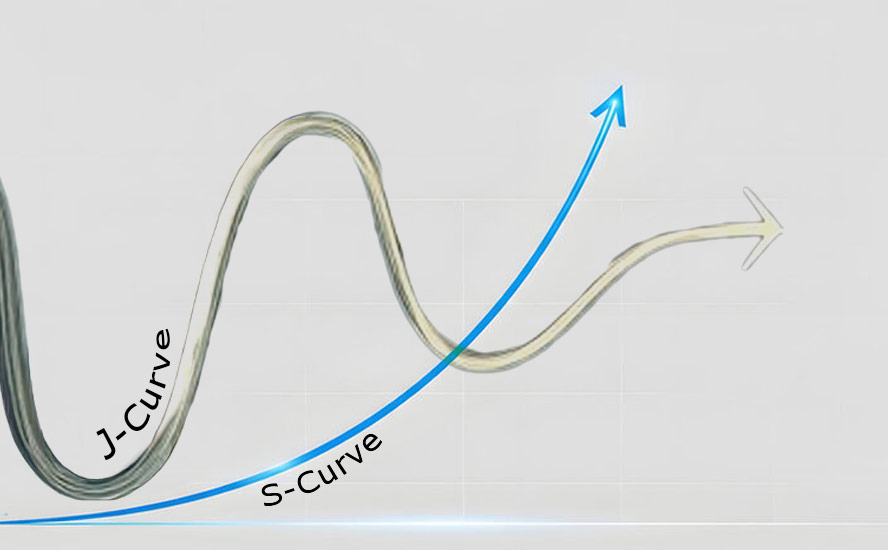


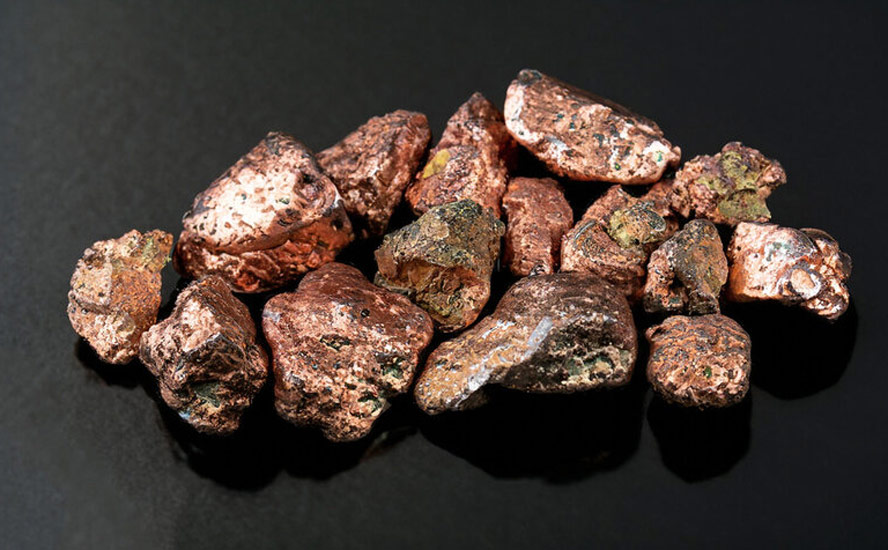

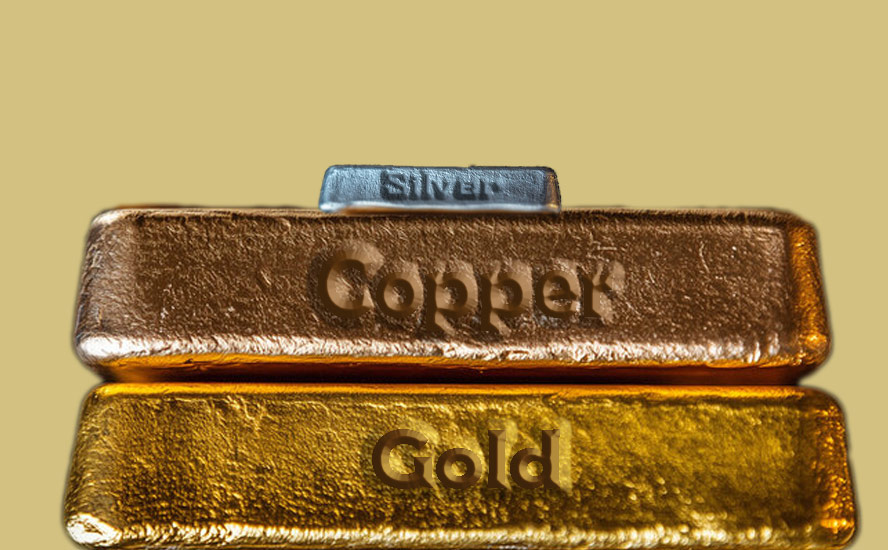


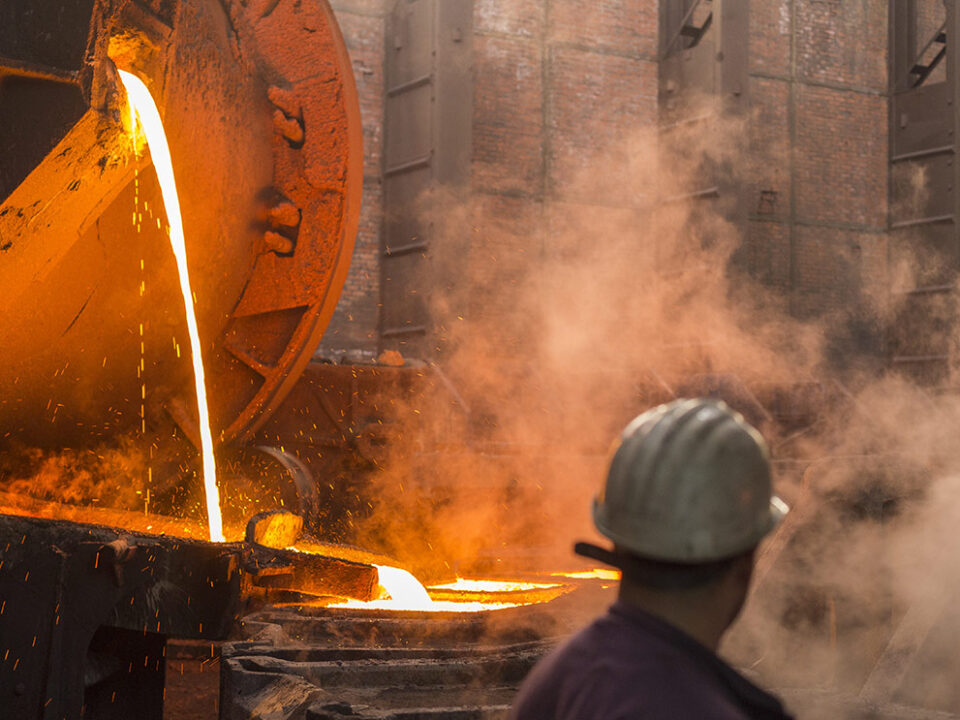



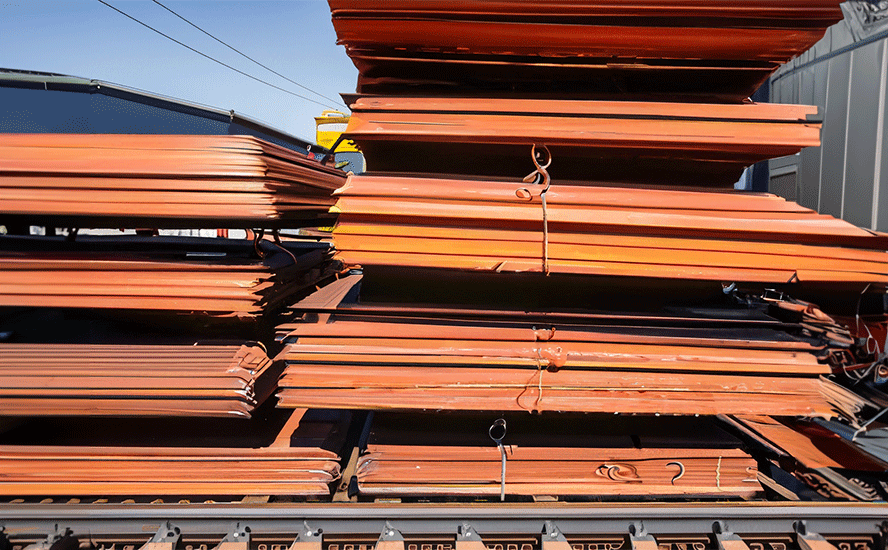
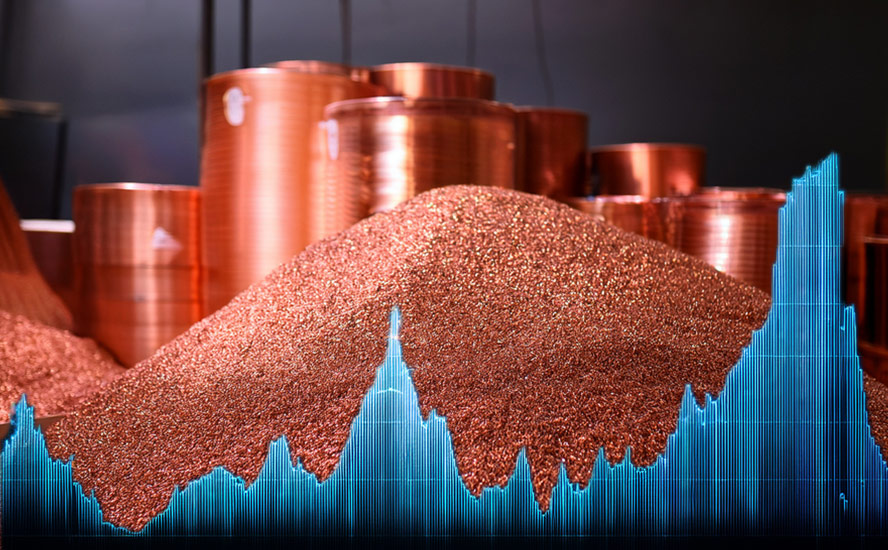

#Kodiak #Copper #BritishColumbia